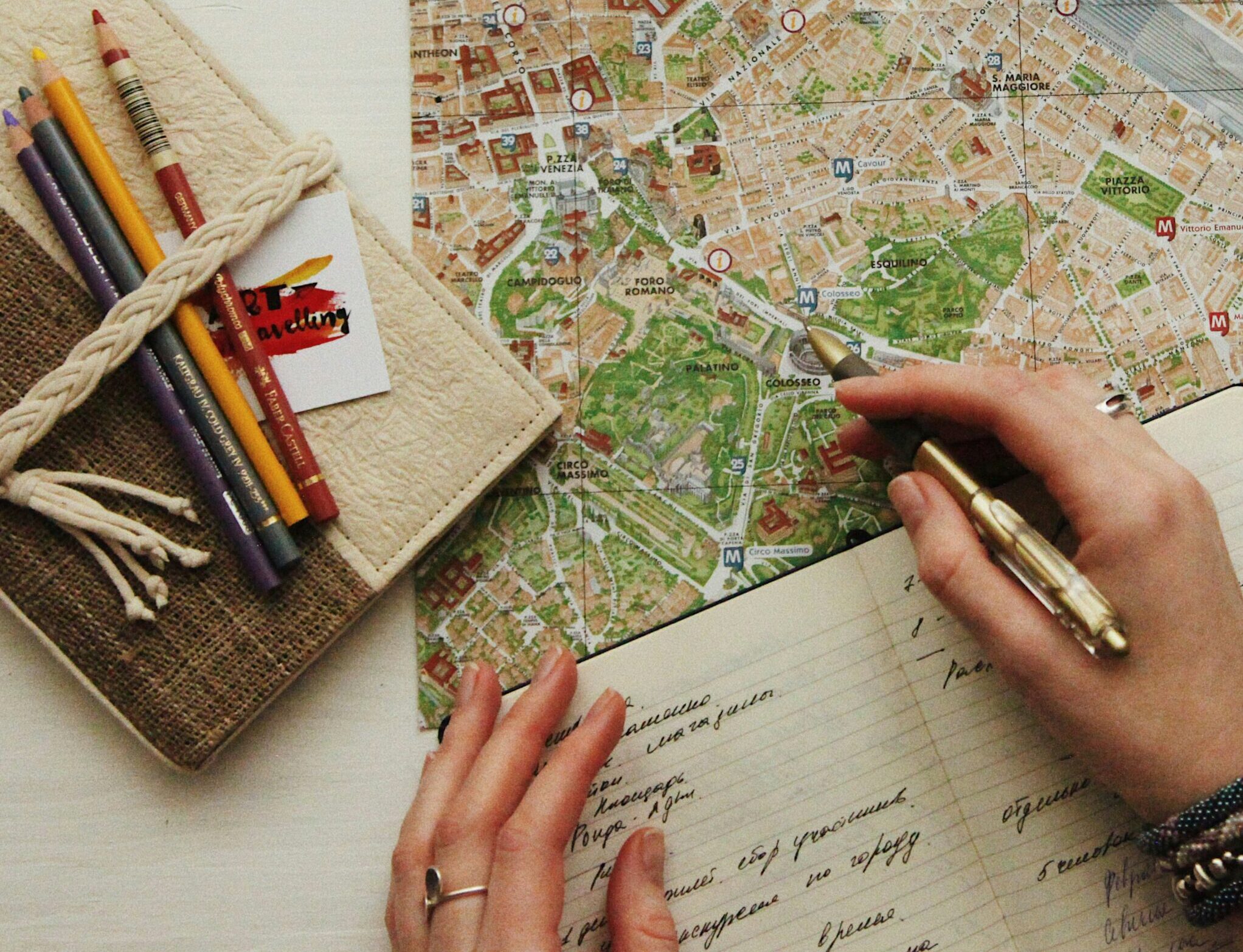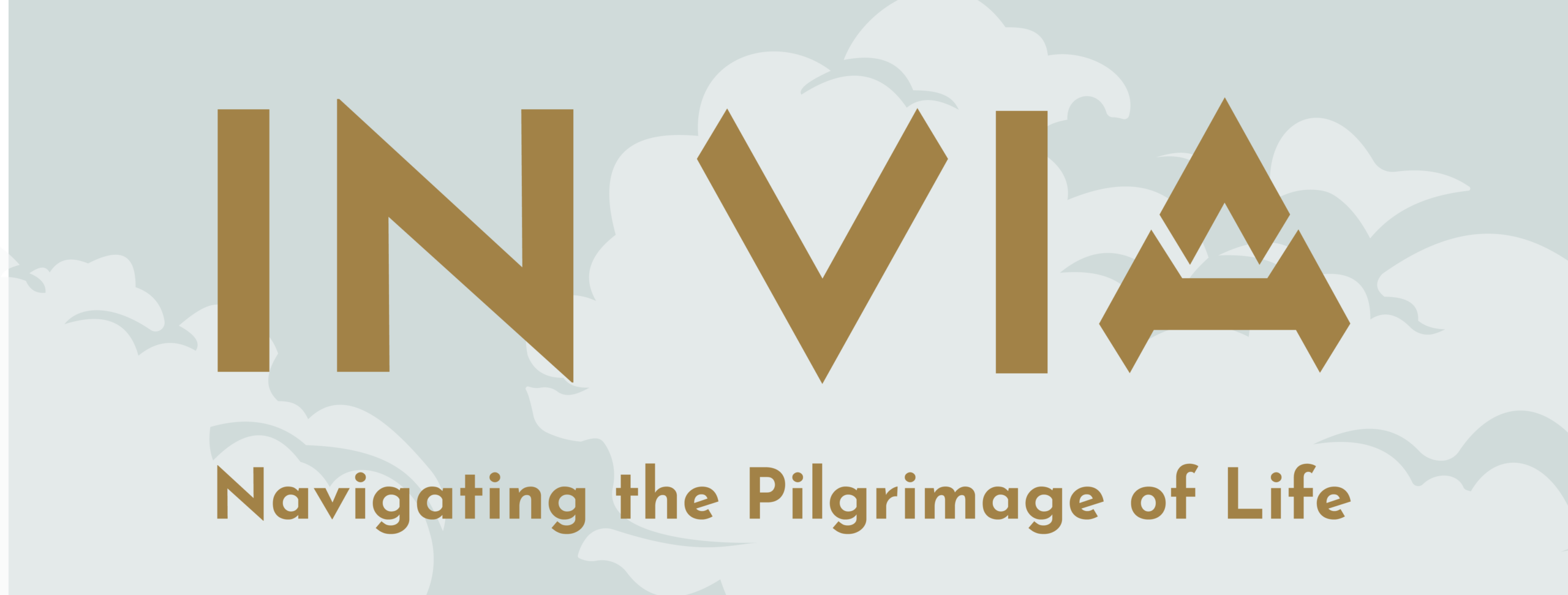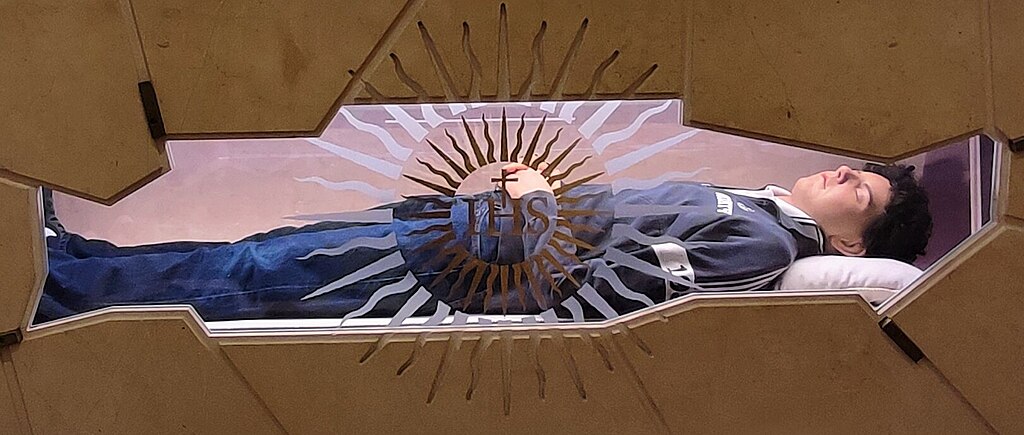Safety is a priority for any traveler, but traveling during COVID-19 means a radical shift in what staying safe looks like. The “new normal” doesn’t mean that you have to stay home, but traveling safely today will look different than what you’re used to. By adapting your expectations, doing additional pre-trip planning, and keeping an open mind, you can still get out of your house and go on an adventure.
Here’s a great start to make sure you’re traveling safely in the new normal.
Do Your Research
With COVID around, you’ll need to do extra research on each destination you’re visiting and plan for where you’re stopping along the way. Every country, city, hotel, and business will have their own unique responses to the pandemic — and they change from week to week.
Be prepared for some places you were planning on visiting to be closed entirely. If a place you’re visiting typically has large crowds, high-touch environments, or caters to at-risk populations, they may not be open out of safety concerns. Also be aware that entire cities, states, or countries may be closed to visitors.
Other locations may allow outside visitors, but impose certain restrictions. For example, cities or states may require people coming from areas with a high number of COVID-19 cases to quarantine themselves for a length of time (such as 14 days), complete detailed contact forms upon landing in an airport, or provide evidence of a negative COVID test taken within the past 72 hours. They may impose fines for noncompliance.
Some locations may allow travelers to enter, but you’ll still want to determine if the specific spots you’re visiting are open, have restrictions, or have altered things like their opening hours or have closed certain attractions.
Adapt Your Plans
Maybe this was the year you were planning on that big tour of Europe, or had booked a cruise, and had to cancel. But rather than deferring your travel altogether, there are lots of ways to “go small” and still have an extraordinary travel experience.
Here are just a few examples of adapting to the new normal:
International Travel
Globetrotting during this time is difficult. It’s slowly opening up but still presents considerable more risks than domestic travel. Instead, maybe there’s a national park you’ve always wanted to see or a visit to family or friends you think can be done safely.
Flying vs. Driving
Flying is an option, but it increases your risk of contracting the virus with more potentially risky touchpoints and more interactions with people, whether in the airport, the plane, or transportation to and from the airport. Traveling by car or RV is safer and reduces your contact with other people and public spaces.
Road Trips
Want to hit the open road? Consider reducing the amount of hotels you stay at, and the number of times you stop along the way. You may opt for an AirBNB rather than a hotel, or campgrounds to avoid such places altogether.
Follow Guidelines
Regardless of how other people and businesses are responding to the global pandemic, the thing you have the most control of when it comes to your own safety is you.
The CDC recommends you do the following when traveling during COVID:
- Wear a mask to keep your nose and mouth covered when in public settings.
- Avoid close contact by staying at least six feet apart (about two arms’ length) from anyone who is not from your household.
- Wash your hands often or use hand sanitizer (with at least 60% alcohol).
- Avoid contact with anyone who is sick.
- Avoid touching your eyes, nose, and mouth.
Verify (Then Verify Again)
As a general rule, only stay at or visit places that are clear about their COVID policies.
Any reputable hotel, restaurant, attraction, etc. should have clear safety and cleaning standards posted and available on their website. You might also want to check their Facebook and/or Instagram profiles to see if they are posting up-to-date information. They may also be sharing photos that either confirm or deny their commitment to masks, social distancing, and disinfecting surfaces. Always feel free to call ahead and make sure they are practicing what they preach!
Looking to the Future
As you can see, traveling during COVID takes a new level of planning and awareness to stay safe. But it’s not impossible. In fact, we plan on resuming our own pilgrimages in 2021 and have increased our own safety measures for all trips. But whether you’re exploring one of Verso’s destinations, or stepping out on your own, we hope you’ll do your research and stay safe no matter where you go.




